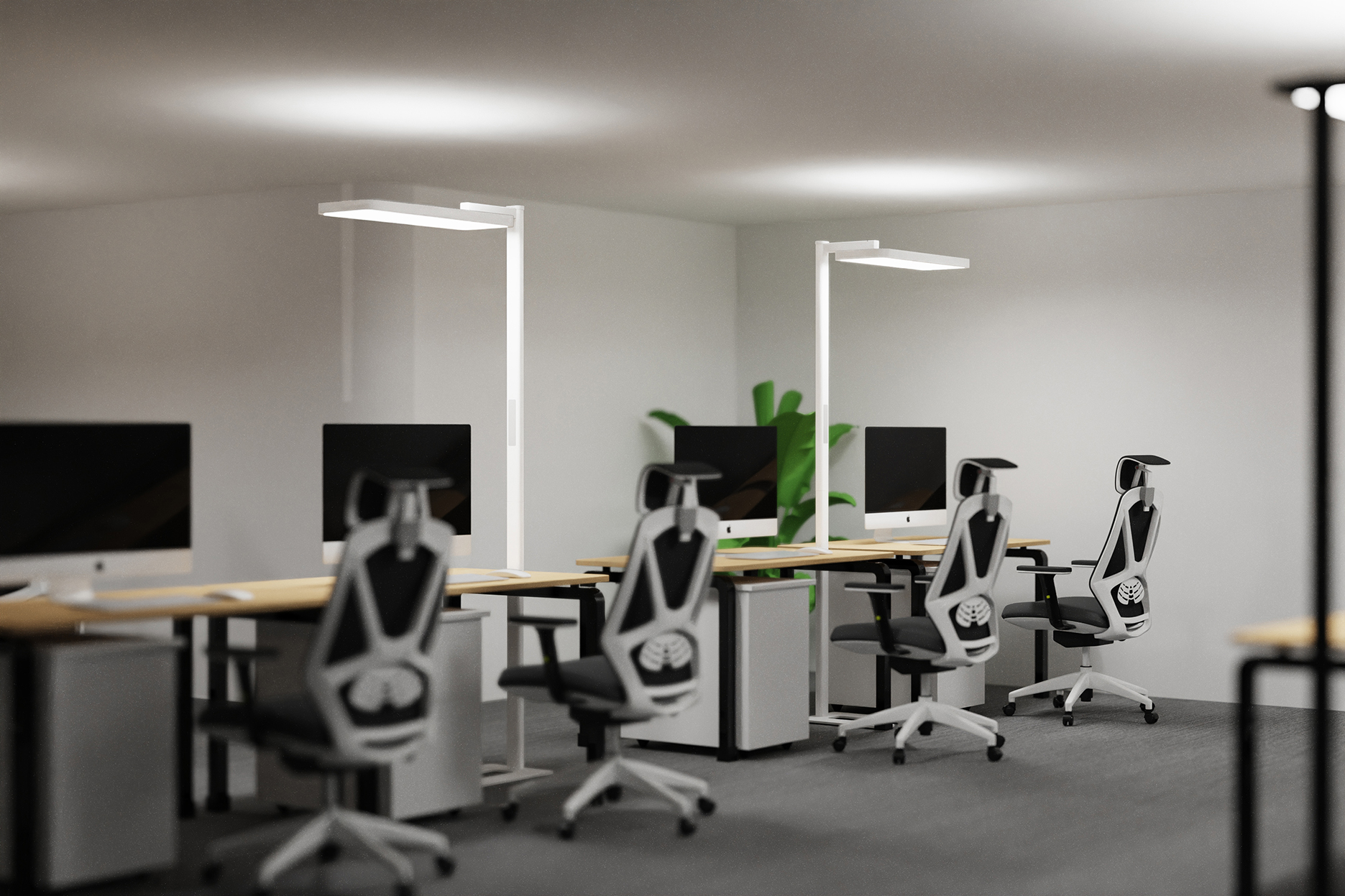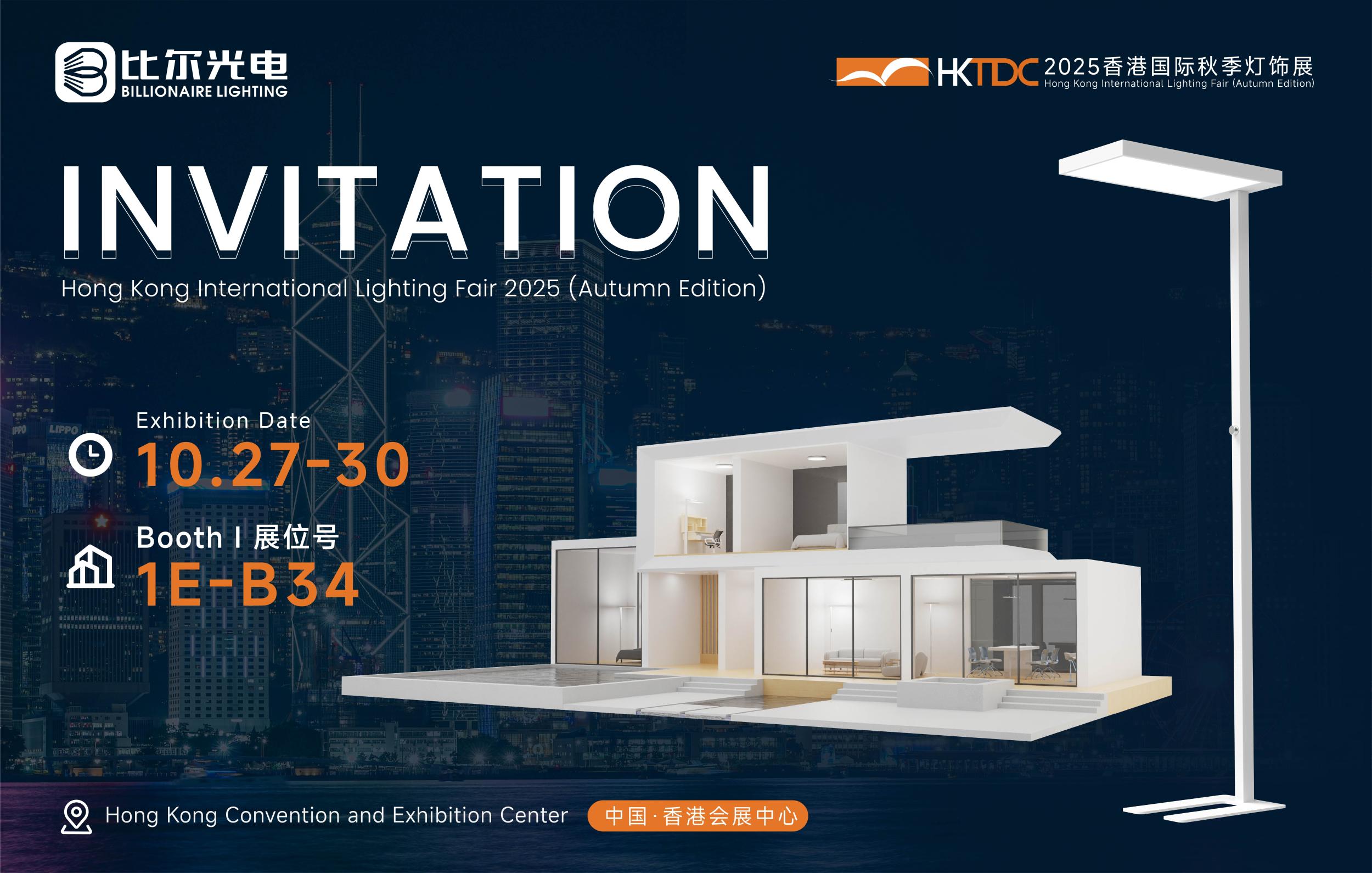Floor lamps are more than just sources of light; they are integral elements of living room decor that can transform the ambiance, functionality, and aesthetic appeal of a space. In a living room, which serves as a central gathering place for family and friends, the right floor lamp can enhance the overall mood, provide task lighting for various activities, and act as a stylish decorative piece. From traditional to contemporary designs, floor lamps come in a vast array of styles, materials, and lighting technologies, making them versatile additions to any living room setting.
Evolution of Floor Lamps
The history of floor lamps dates back centuries, evolving in tandem with changes in lighting technology and design sensibilities. Initially, floor - standing lighting fixtures were often large, ornate candelabras or oil - burning lamps, primarily used in grand mansions and palaces. These early lamps were more about making a statement of wealth and status, with elaborate designs and heavy materials.
As the 19th century brought the invention of gas lighting and then the advent of electricity in the late 19th and early 20th centuries, floor lamps became more accessible to the general public. The Art Nouveau movement in the late 19th and early 20th centuries influenced floor lamp design, introducing organic shapes, flowing lines, and nature - inspired motifs. Lamps during this period often featured intricate metalwork, glass shades with floral patterns, and a combination of materials like bronze and stained glass.
The mid - 20th century witnessed a significant shift towards modernist and minimalist designs. Influential designers such as Le Corbusier and Eero Saarinen created floor lamps that emphasized simplicity, functionality, and the use of new materials like aluminum, plastic, and fiberglass. These lamps had clean lines, geometric shapes, and a focus on practicality, catering to the changing needs of post - war society.
In recent decades, with the rapid development of lighting technology, especially the rise of LED lighting, floor lamps have continued to evolve. Modern floor lamps now incorporate smart features, energy - efficient bulbs, and innovative designs that blend seamlessly with contemporary interior decor trends.
Key Design Elements of Floor Lamps for Living Room Decor
Styles
1. Traditional Styles
Traditional floor lamps often draw inspiration from classic design periods such as Victorian, Edwardian, or Colonial. They typically feature ornate details, rich materials, and warm, inviting colors. For example, a Victorian - style floor lamp might have a heavily carved wooden base with intricate floral or scroll patterns, topped with a fabric lampshade in a rich, velvety material like silk or velvet. The lampshade may be decorated with tassels or fringe, adding to the luxurious feel. These lamps are perfect for living rooms with a traditional or eclectic decor style, as they can add a touch of elegance and old - world charm.
2. Contemporary Styles
Contemporary floor lamps embrace modern design principles, characterized by clean lines, minimalism, and the use of innovative materials. They often feature sleek, geometric shapes and a neutral color palette, although bold colors and unique forms are also common. For instance, a contemporary floor lamp might have a cylindrical metal base in a matte black or chrome finish, with a simple, white fabric or acrylic lampshade. Some contemporary floor lamps incorporate adjustable arms or heads, allowing for versatile lighting options. These lamps are well - suited for living rooms with a modern, minimalist, or industrial decor style, as they can create a sense of sophistication and simplicity.
3. Bohemian Styles
Bohemian floor lamps are all about creativity, individuality, and a free - spirited aesthetic. They often feature a mix of materials, textures, and colors, creating a visually interesting and eclectic look. A bohemian floor lamp might have a base made from natural materials like rattan or bamboo, combined with a lampshade made from colorful, hand - dyed fabric or recycled materials. These lamps can add a warm, inviting, and laid - back atmosphere to a living room, making them ideal for those who want to express their unique style and create a cozy, bohemian - inspired space.
Materials
1. Metals
Metals are widely used in floor lamp construction due to their durability, strength, and aesthetic appeal. Stainless steel, brass, and aluminum are popular choices. Stainless steel provides a modern, industrial look with its sleek, shiny surface. Brass, on the other hand, offers a more classic and elegant feel, especially when it has an aged or patina finish. Aluminum is lightweight yet sturdy, making it suitable for lamps with intricate designs or adjustable components. Metal floor lamps can range from simple, minimalist designs to more elaborate ones with detailed metalwork, such as filigree or hammered patterns.
2. Wood
Wood is a timeless material for floor lamps, adding warmth and a natural element to the living room. Different types of wood, such as oak, walnut, and maple, can be used, each with its own unique grain pattern and color. A wooden floor lamp can have a rustic, farmhouse - style look with a rough - hewn base, or a more refined, contemporary appearance with a smooth, polished finish. Some wooden floor lamps incorporate other materials, such as metal accents or glass shades, to create a more eclectic and interesting design.
3. Glass
Glass is often used in floor lamps, either for the lampshade or as decorative elements in the base. Transparent, frosted, or colored glass can be used to create different lighting effects. A transparent glass lampshade allows the light to shine through clearly, creating a bright and airy feel. Frosted glass, on the other hand, diffuses the light, creating a soft, ambient glow. Colored glass lampshades can add a pop of color and personality to the living room, and they can be designed in various shapes and patterns, from simple geometric forms to elaborate stained - glass designs.
Shapes and Sizes
Floor lamps come in a variety of shapes and sizes, each with its own unique function and aesthetic impact. Tall, slender floor lamps are ideal for creating a vertical focal point in the living room and can be used to provide ambient lighting. They are often placed in corners or next to sofas, adding height and elegance to the space. On the other hand, short, wide - based floor lamps are better suited for providing task lighting, such as for reading or working. These lamps typically have larger lampshades that can direct the light more precisely.
Some floor lamps have unique, sculptural shapes that can act as works of art in the living room. For example, a floor lamp might be designed in the shape of a tree, with branches that hold the light fixtures, or in an abstract, organic form. These statement - making floor lamps can add a touch of creativity and personality to the room, becoming a conversation piece among guests.
Functions of Floor Lamps in the Living Room
Ambient Lighting
Ambient lighting is the overall illumination that fills a room, creating a comfortable and inviting atmosphere. Floor lamps are excellent sources of ambient lighting in the living room. A floor lamp with a large, diffusing lampshade, such as a drum - shaped fabric shade, can spread the light evenly throughout the space, reducing harsh shadows and creating a soft, warm glow. Placing multiple floor lamps strategically around the living room can help to create a balanced and harmonious ambient light level, making the room feel cozy and welcoming, whether it's for relaxing in the evening or entertaining guests.
Task Lighting
In addition to ambient lighting, floor lamps can also provide essential task lighting in the living room. For activities such as reading, working on a laptop, or doing handicrafts, a floor lamp with an adjustable arm or head can be positioned to direct the light exactly where it is needed. A floor - reading lamp, for example, typically has a long, flexible arm that can be extended over a chair or sofa, and a focused light source that allows for clear visibility of the text or work surface without disturbing others in the room.
Accent Lighting
Floor lamps can also be used as accent lighting to highlight specific features or objects in the living room. For instance, a floor lamp can be placed next to a piece of artwork, a decorative sculpture, or a plant to draw attention to it and create a focal point in the room. By using a floor lamp with a narrow - beam light source, such as a spotlight - style floor lamp, the light can be directed precisely at the object, enhancing its visual appeal and adding depth and dimension to the living room decor.
Placement and Coordination with Living Room Decor
Placement
The placement of floor lamps in the living room is crucial for both functionality and aesthetic purposes. When using floor lamps for ambient lighting, they should be placed at intervals around the room to ensure even illumination. For example, one can be placed in each corner of the living room or beside large pieces of furniture like sofas or armchairs.
For task lighting, the floor lamp should be positioned close to the area where the activity is taking place. If it's for reading, it should be placed next to the reading chair, with the light source at a height that allows for comfortable reading without causing glare. When using floor lamps as accent lighting, they should be placed directly in front of or beside the object to be highlighted.
Coordination with Furniture and Color Scheme
Floor lamps should complement the existing furniture and color scheme in the living room. The style of the floor lamp should match or harmonize with the overall decor style. For example, in a living room with a modern, leather sofa and glass coffee table, a contemporary floor lamp with a sleek metal base and a minimalist lampshade would fit in perfectly.
In terms of color, the floor lamp should either match the dominant colors in the room or provide a contrasting accent. A neutral - colored floor lamp, such as white, black, or beige, can blend seamlessly with most color schemes, while a brightly colored or patterned floor lamp can add a pop of color and personality to a more monochromatic living room.
Market Trends and Future Prospects
The market for floor lamps for living room decor is constantly evolving, driven by changing consumer preferences, technological advancements, and emerging design trends. One of the major trends is the increasing demand for energy - efficient floor lamps. With the growing awareness of environmental issues, consumers are more inclined to choose floor lamps that use LED bulbs, which consume less energy and have a longer lifespan compared to traditional incandescent bulbs.
Smart floor lamps are also becoming increasingly popular. These lamps can be controlled via smartphone apps, allowing users to adjust the brightness, color temperature, and even turn the lamp on or off remotely. Some smart floor lamps are also compatible with voice - control assistants like Amazon Alexa or Google Assistant, providing a hands - free and convenient lighting experience.
In terms of design, there is a trend towards sustainable and eco - friendly materials. Floor lamps made from recycled materials, such as reclaimed wood or recycled metal, are gaining popularity among environmentally conscious consumers. Additionally, there is a growing interest in handmade and artisanal floor lamps, which offer a unique and personalized touch to the living room decor.
Looking to the future, the development of new materials and lighting technologies will continue to shape the world of floor lamps. For example, the use of flexible and transparent LED materials could lead to the creation of floor lamps with more innovative and unconventional designs. Integration with smart home ecosystems will also likely become more seamless, allowing floor lamps to interact with other smart devices in the living room, such as thermostats, security systems, and entertainment systems, to create a more integrated and intelligent living environment.
In conclusion, floor lamps are an essential and versatile element of living room decor. They not only provide much - needed lighting but also contribute significantly to the overall style and atmosphere of the space. With a wide range of styles, materials, and functions available, there is a floor lamp to suit every living room design and lighting need. As technology and design continue to evolve, floor lamps will undoubtedly remain a key component in creating beautiful, functional, and comfortable living rooms.



